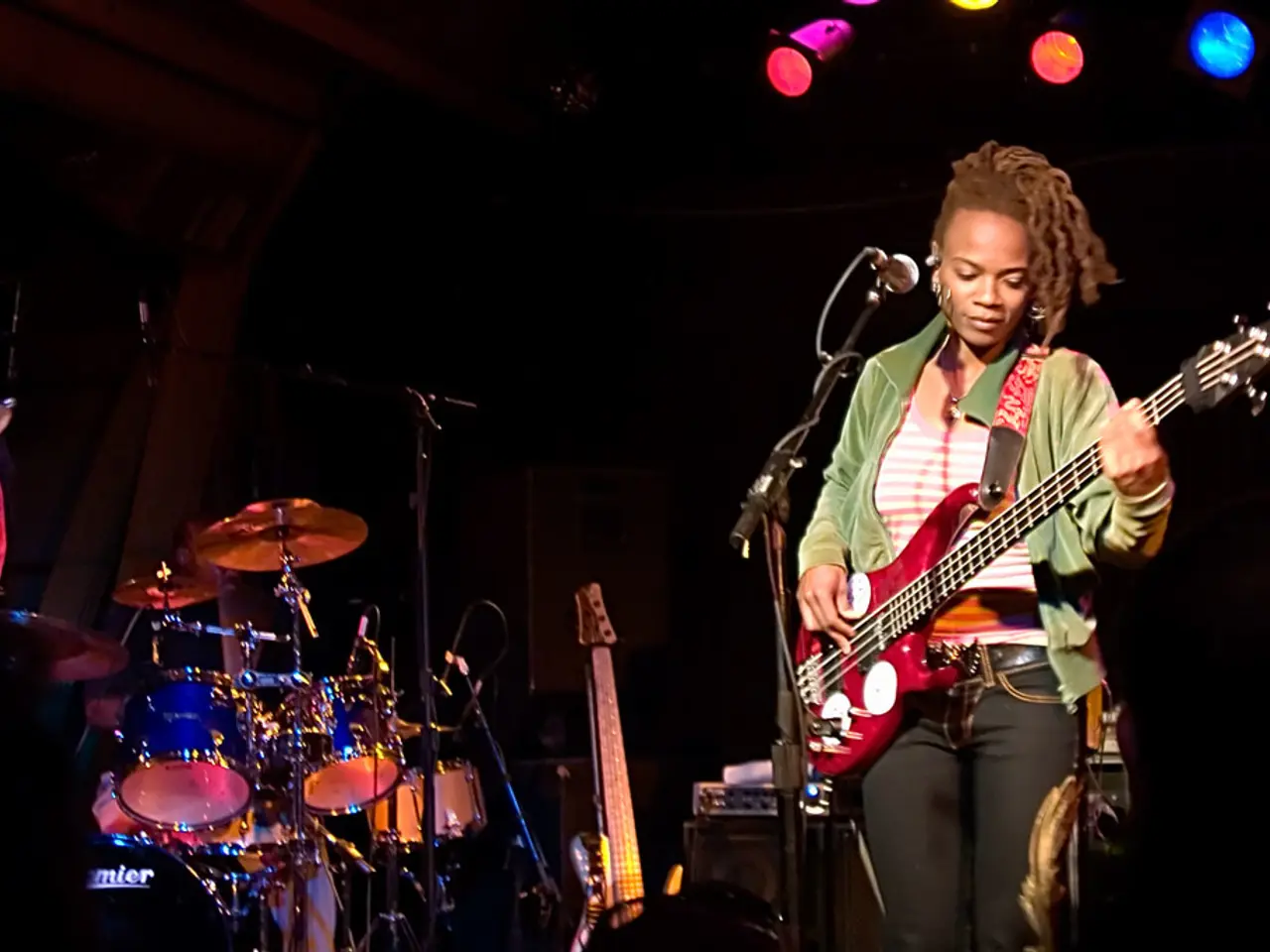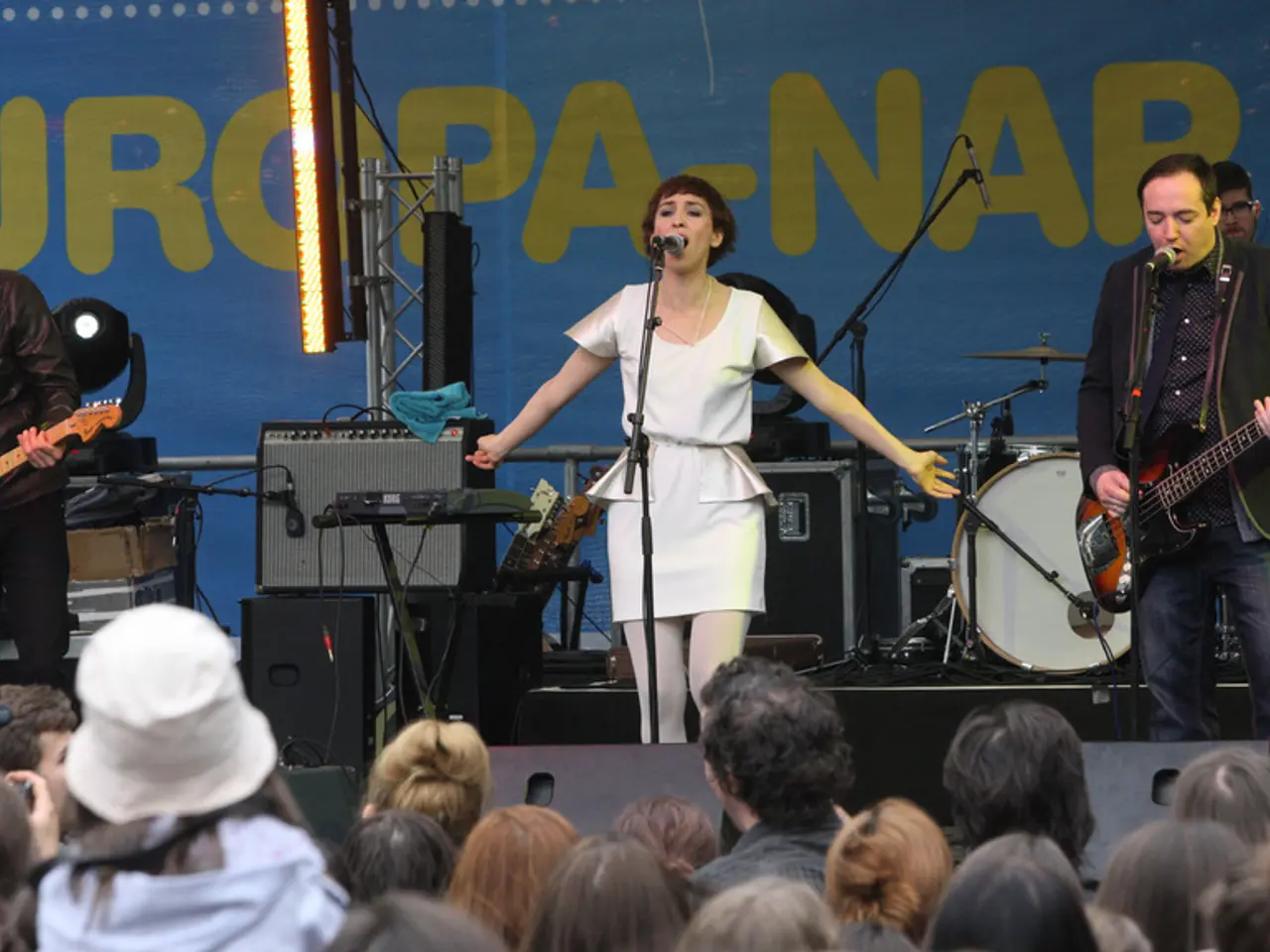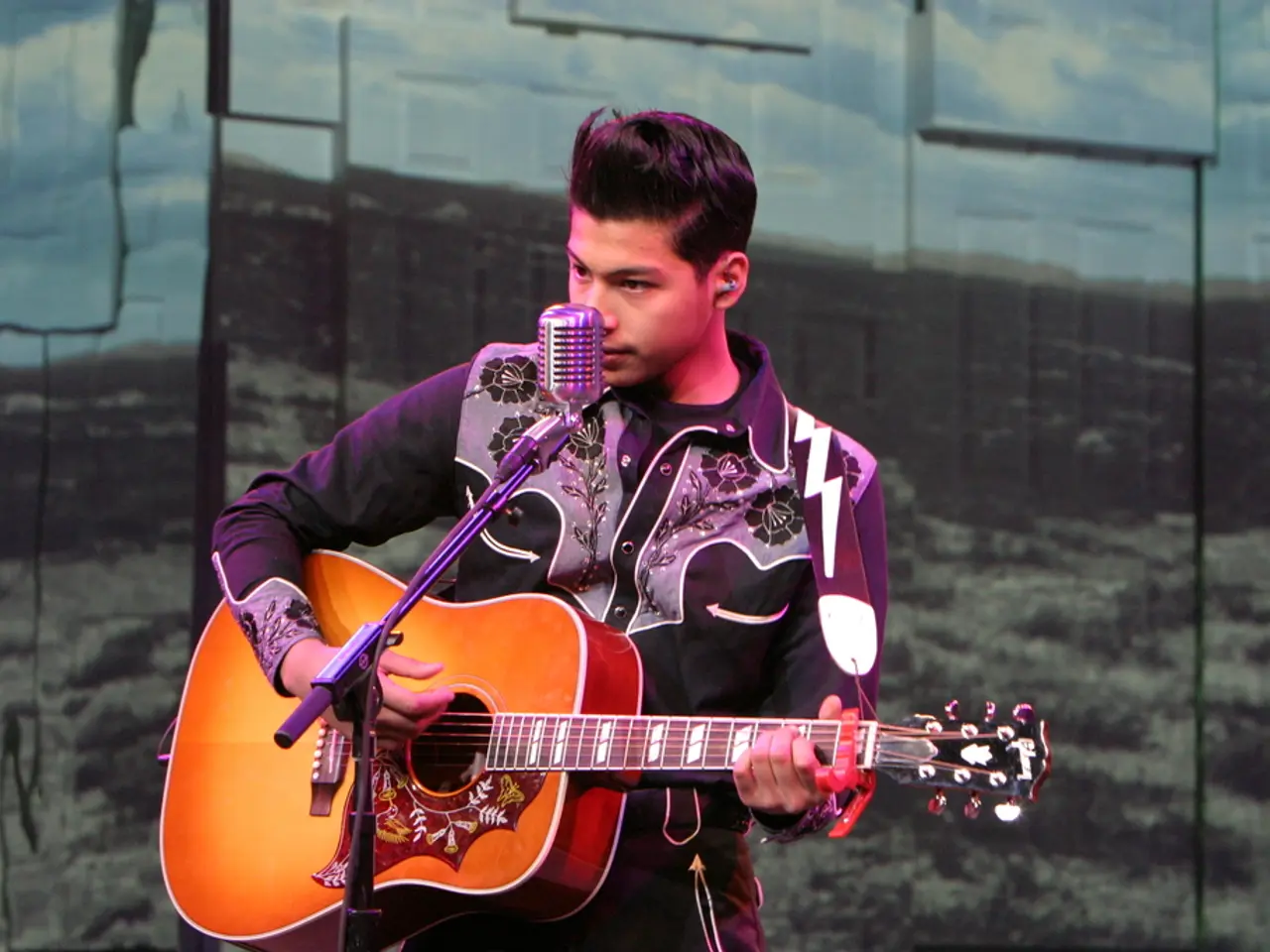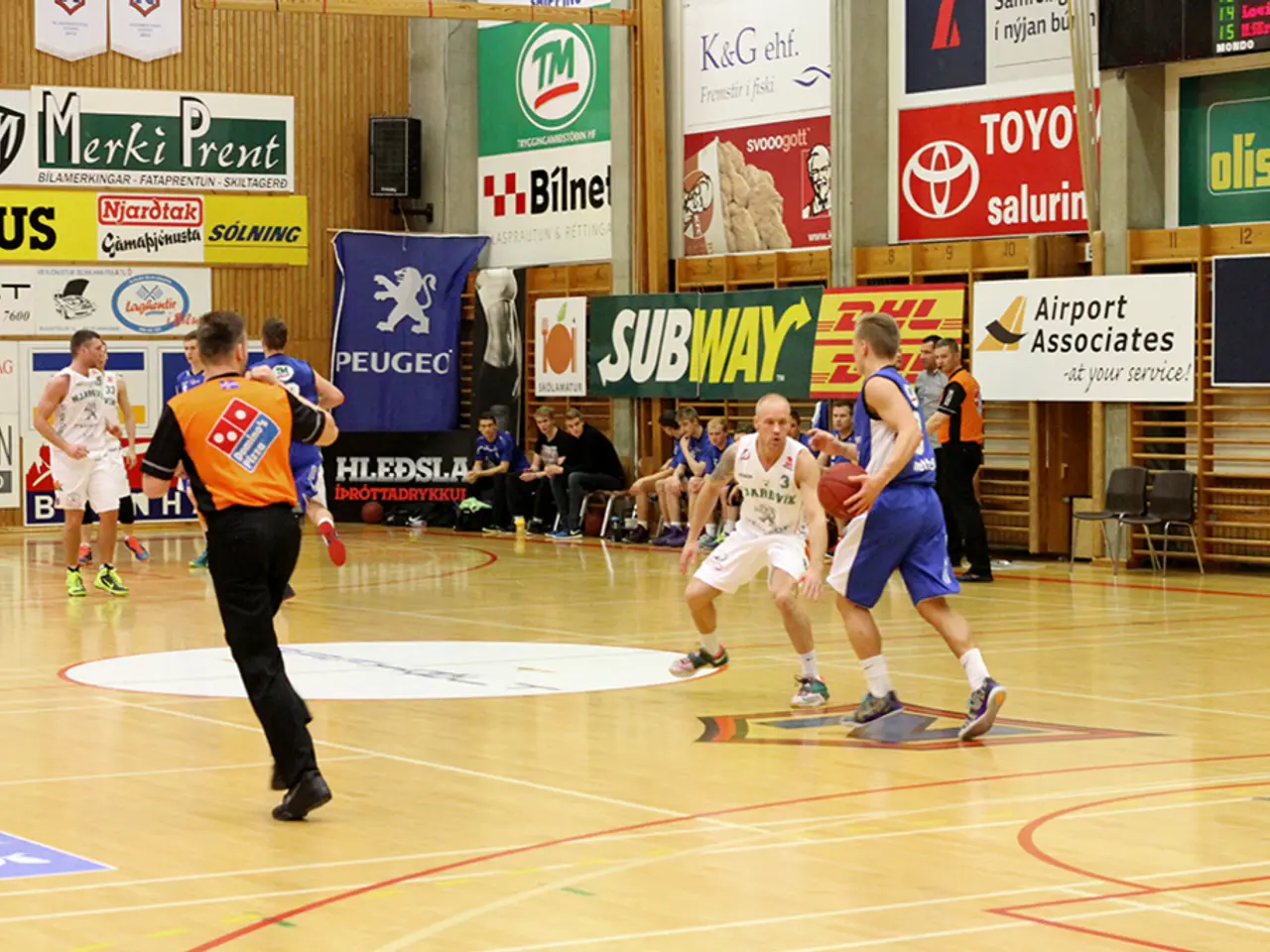Uncovering the Transformation of Indie Rock Music - Journey from Garage Jams to Arena Hits!
Indie rock, a genre born in the late 1970s, has undergone a remarkable transformation from its humble underground beginnings to the grandeur of packed stadiums. This evolution has been marked by several key developments and trends, each contributing to the vibrant tapestry that is indie rock today.
The punk movement played a pivotal role in the emergence of indie rock, encouraging DIY ethics and inspiring bands like The Smiths, Joy Division, and The Cure. Post-punk bands experimented with new sounds, moving away from traditional rock structures and incorporating elements from dub, funk, and electronic music. The rise of independent labels like Factory and Creation Records provided a platform for these bands to produce and distribute music outside major label control.
The 1990s saw indie rock gain mainstream traction with bands like Radiohead, Smashing Pumpkins, and Weezer. This era also introduced subgenres like grunge and shoegaze, which further diversified the indie sound. Music festivals like Lollapalooza and Coachella became crucial platforms for indie artists, promoting visibility and fostering a culture of self-expression.
The 2000s marked a period of experimentation and diversification. Bands like Arctic Monkeys, The Strokes, and Arcade Fire achieved significant success, pushing the boundaries of indie rock with diverse influences from electronic, hip-hop, and folk. This era marked a heightened level of experimentation, incorporating various styles and solidifying indie rock as a dynamic force in global music.
Today, indie rock encompasses a wide range of styles and influences, from psychedelic to electronic-infused indie, reflecting the genre's ongoing evolution and adaptability. The internet and streaming platforms have democratized access to music, allowing indie artists to reach global audiences without traditional label support. Online streaming platforms like Spotify and Bandcamp have enabled indie musicians to reach a global audience without the need for traditional record labels.
Artists such as Bob Dylan and Joni Mitchell have inspired indie rockers with their emotional depth in music. Social media has provided indie rock artists with a direct and immediate connection to their fans, allowing for greater engagement and interaction than ever before. The close relationship between indie bands and their fans creates a sense of community and mutual respect, fostering a supportive environment for artistic expression.
The transition to stadium anthems has not diluted the raw intensity and fervor that define indie rock. The rebellious spirit of punk rock fuels indie rock's independent and non-conformist essence. The impact of indie rock's newfound success is undeniable, as it continues to shake up the status quo in today's musical landscape.
The perplexing evolution of indie rock from its underground roots to mainstream stardom has left many in the music industry scratching their heads in wonder. However, one thing remains clear: indie rock's commitment to authenticity, creativity, and innovation continues to propel it forward, pushing boundaries and birthing fresh sonic landscapes in the realm of music.
Electronic elements found their way into post-punk bands' sound, bringing a new dimension to the indie rock landscape. The rise of indie pop, characterized by catchy melodies and upbeat rhythms, further diverse the indie music trends. Music enthusiasts look forward to attending indie concerts, where they can witness the raw passion and talent of independent artists. In the future, indie rock may continue to be a trendsetter in the broader entertainment industry, influencing other genres and pushing boundaries in the realm of music.







